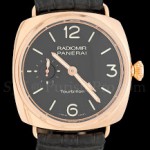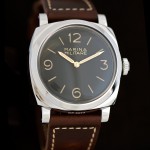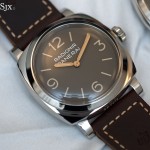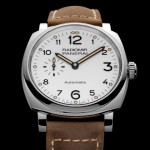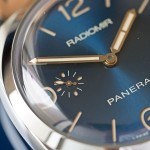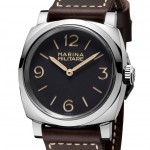Up Close: Panerai Radiomir 1940 ‘Art Deco Pendulum Clock’
A pair of peculiar Panerai.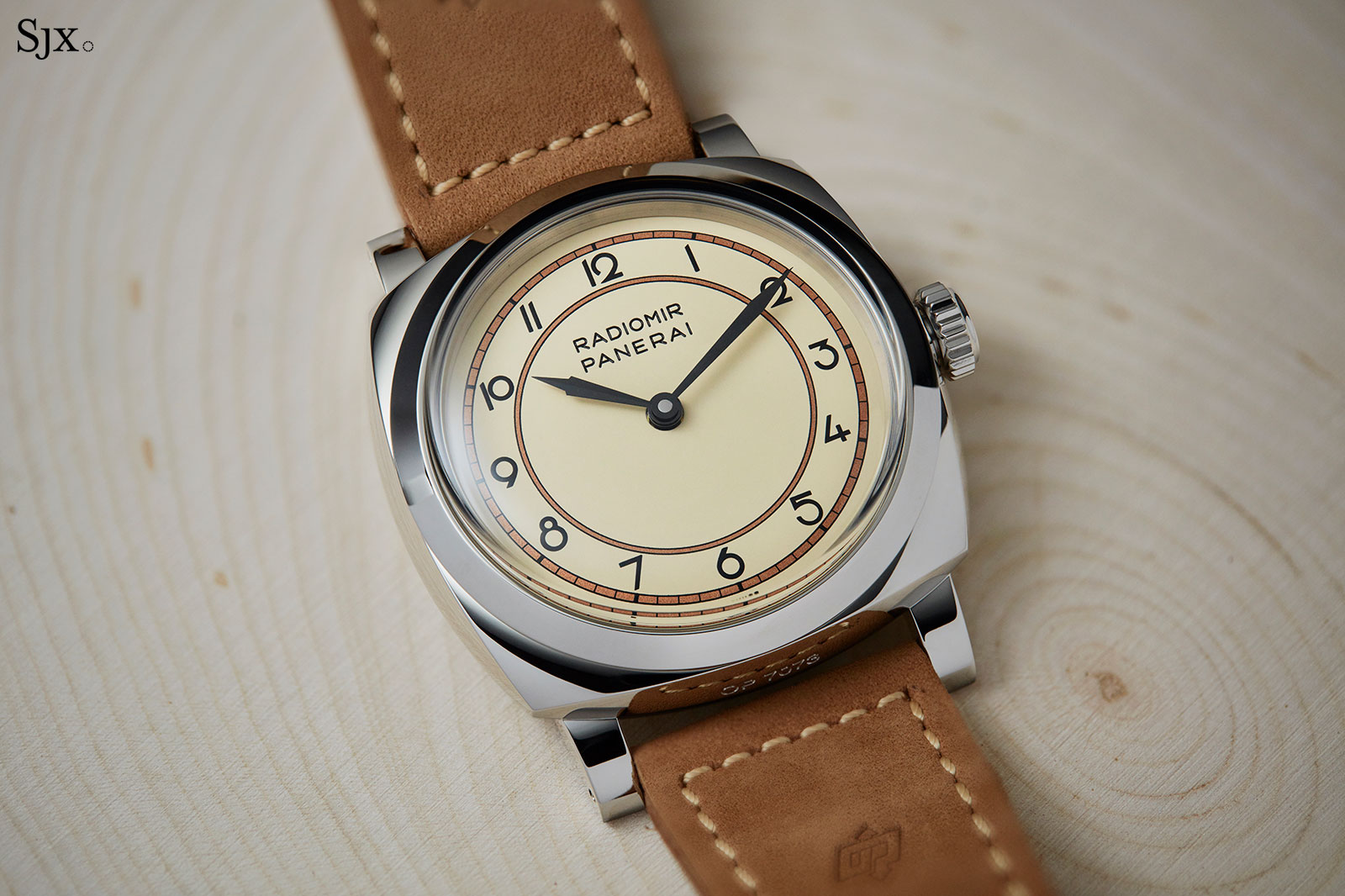
Quietly previewed at SIHH but only just officially launched, the Radiomir 1940 3 Days Acciaio PAM 790 and PAM 791 are atypical for Panerai. They look nothing like convention because the dials are based not on vintage Panerai wristwatches , but, according to Panerai, on a vintage pendulum clock once sold by Orologeria Svizzera, the watch and clock store in Florence owned by the Panerai family.
Panerai doesn’t reveal the make of the clock, but it could have been any number of brands. The Art Deco styling is actually fairly generic for the 1930s, with such dials being fairly common on all sorts of clocks from the period. While the source of inspiration is general rather than specific, the watches are appealing, albeit not to Panerai traditionalists. Notably, the dials are printed with a greater degree of detail than standard Panerai dials.
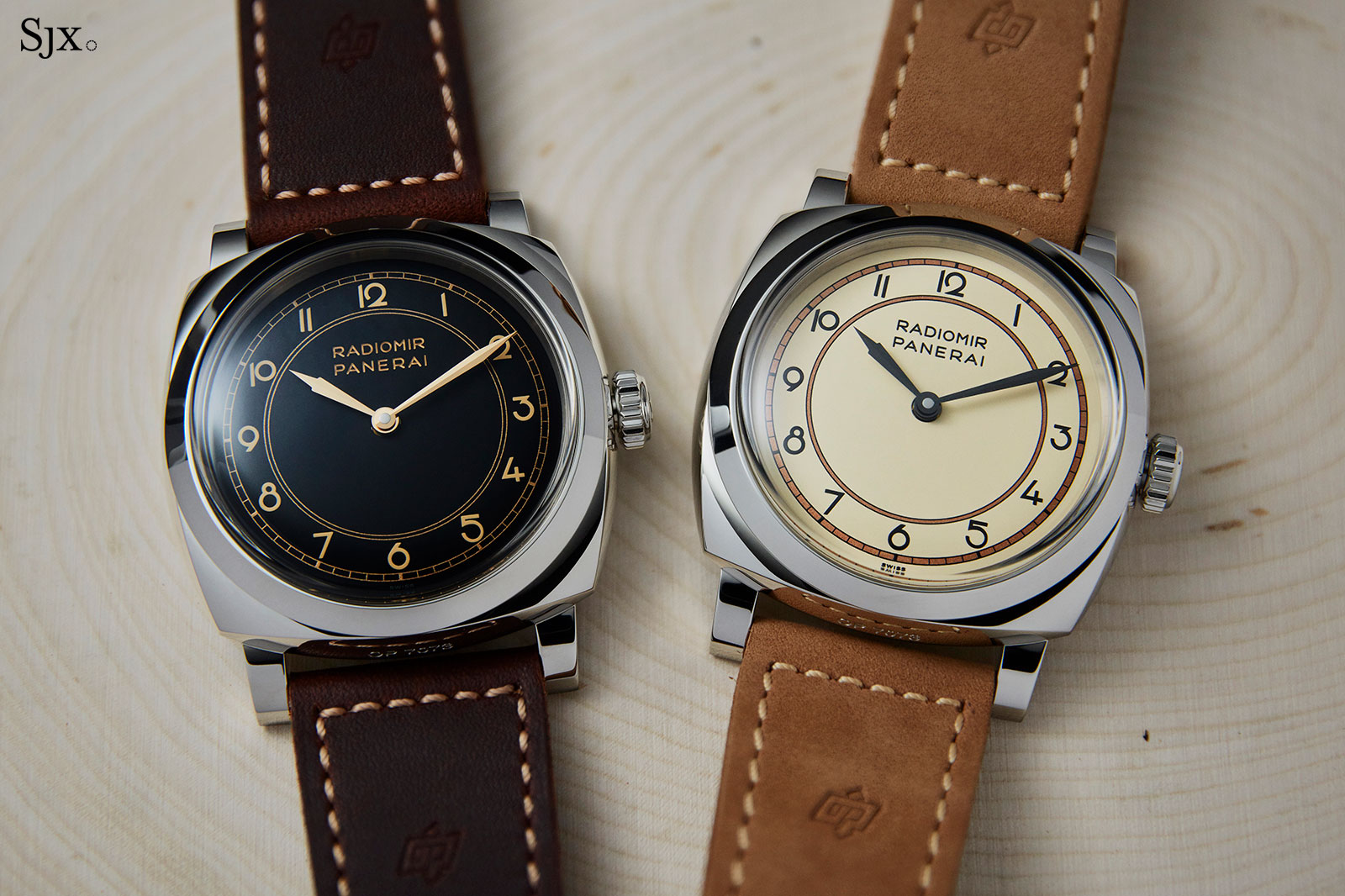
The more striking of the pair is the Radiomir 1940 3 Days Acciaio PAM00791. The dial is smooth ivory, and matched with black hour numerals and hands.
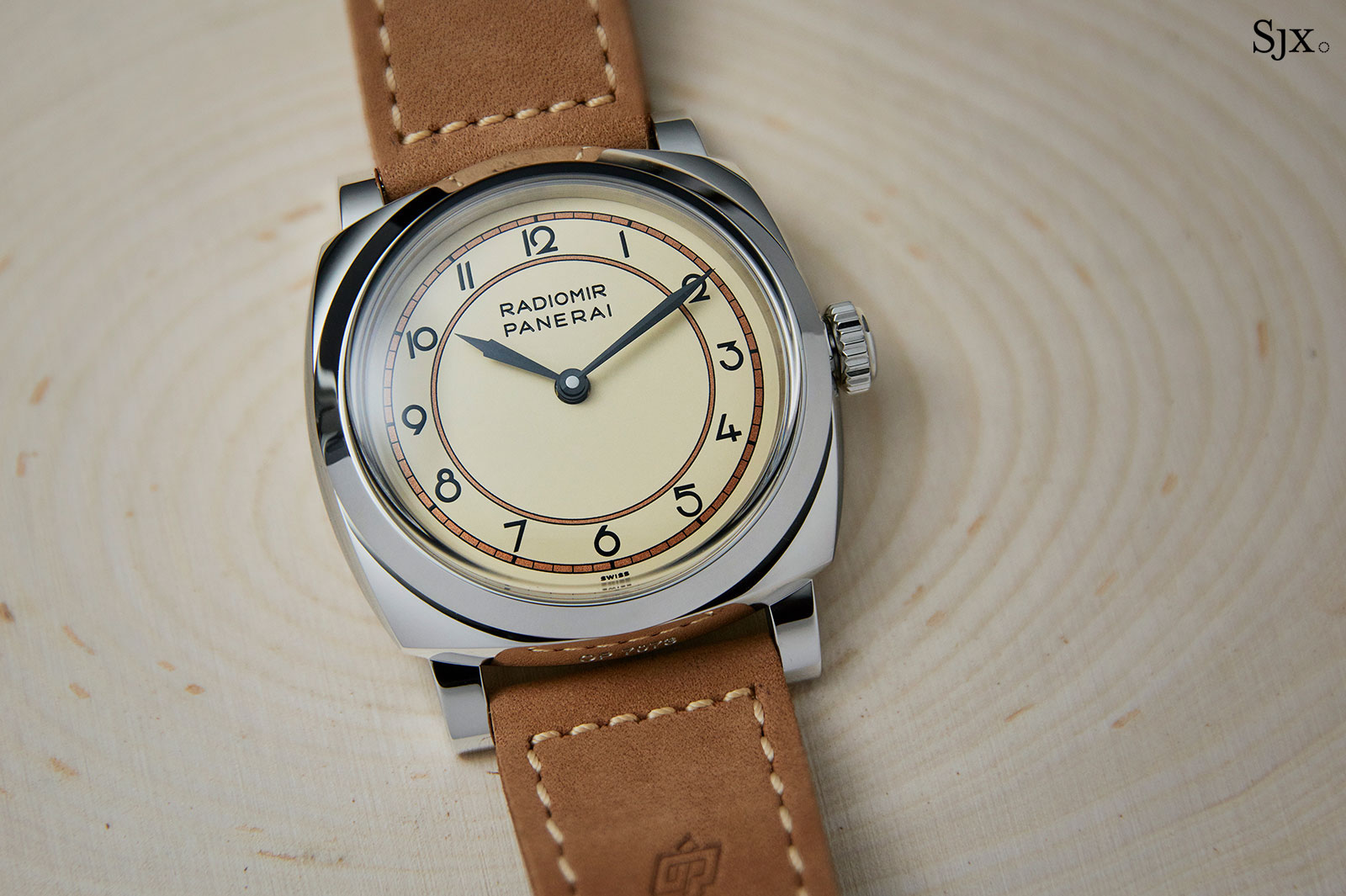
Both the minute and inner track of the dial are printed in copper powder, which gives them a granular, slightly reflective metallic texture. And the lettering at 12 o’clock is engraved and filled with black lacquer in traditional Panerai fashion.
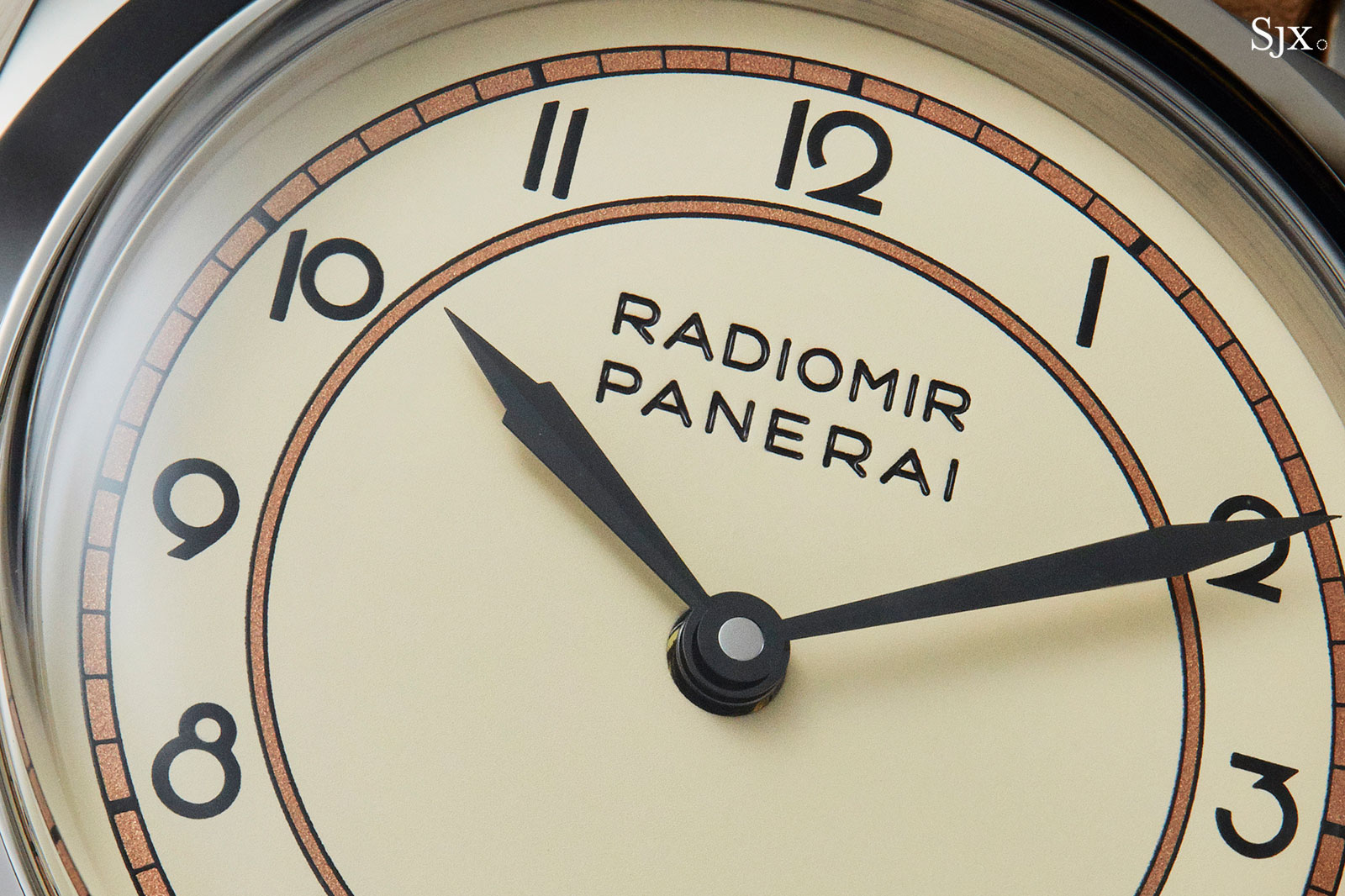
But the ivory dial accentuates the size of the watch, which at 47mm is already large. The expanse of the light-coloured dial makes it feel even larger than it is.
That is less of a problem with the Radiomir 1940 3 Days Acciaio PAM00790 because it has a black dial. The design is identical, as is the execution – the tracks are also printed in gold powder lacquer – but it feels more closely related to a typical Panerai with the black dial. That’s either a good, or boring, depending on the perspective.
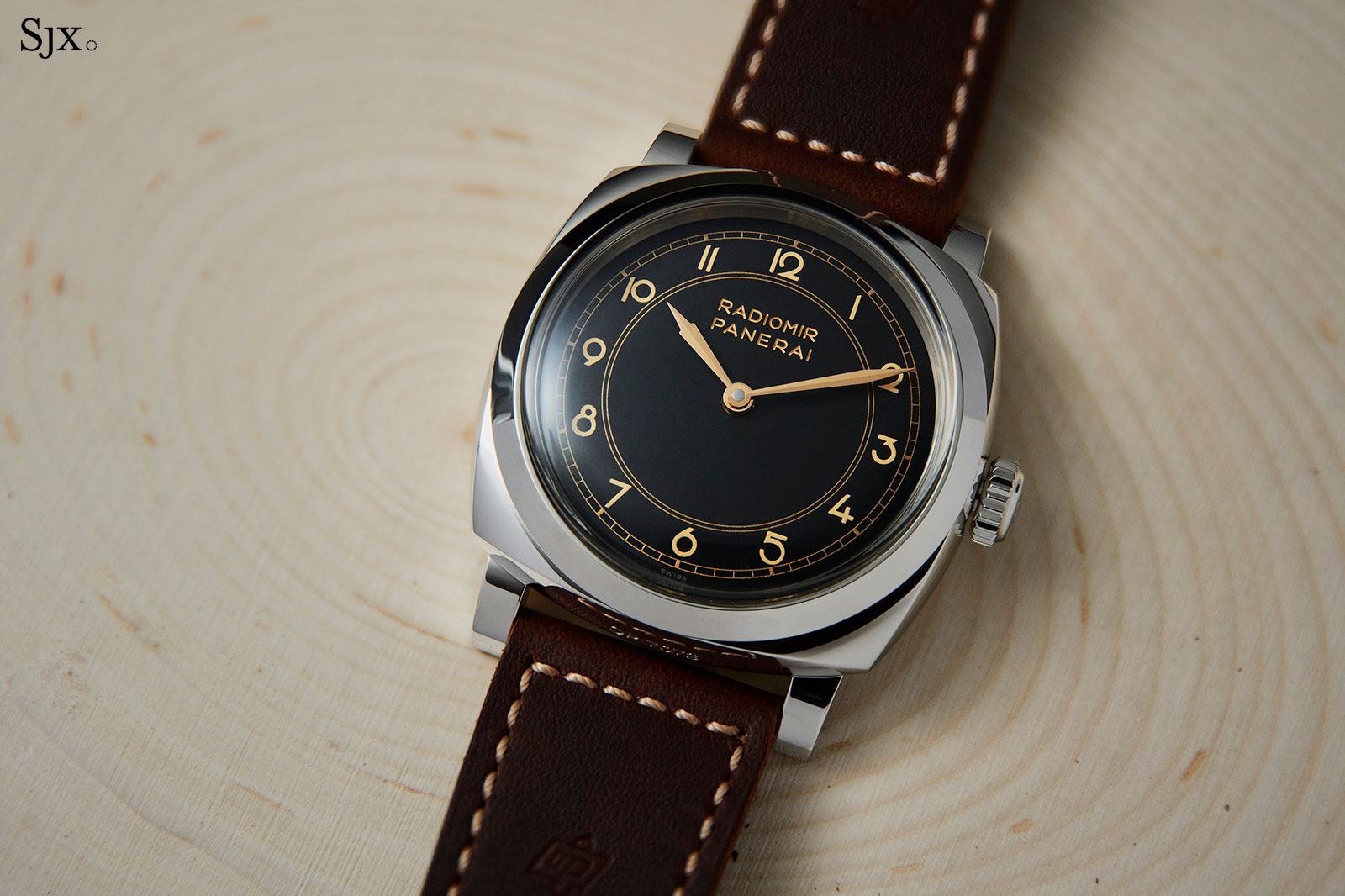
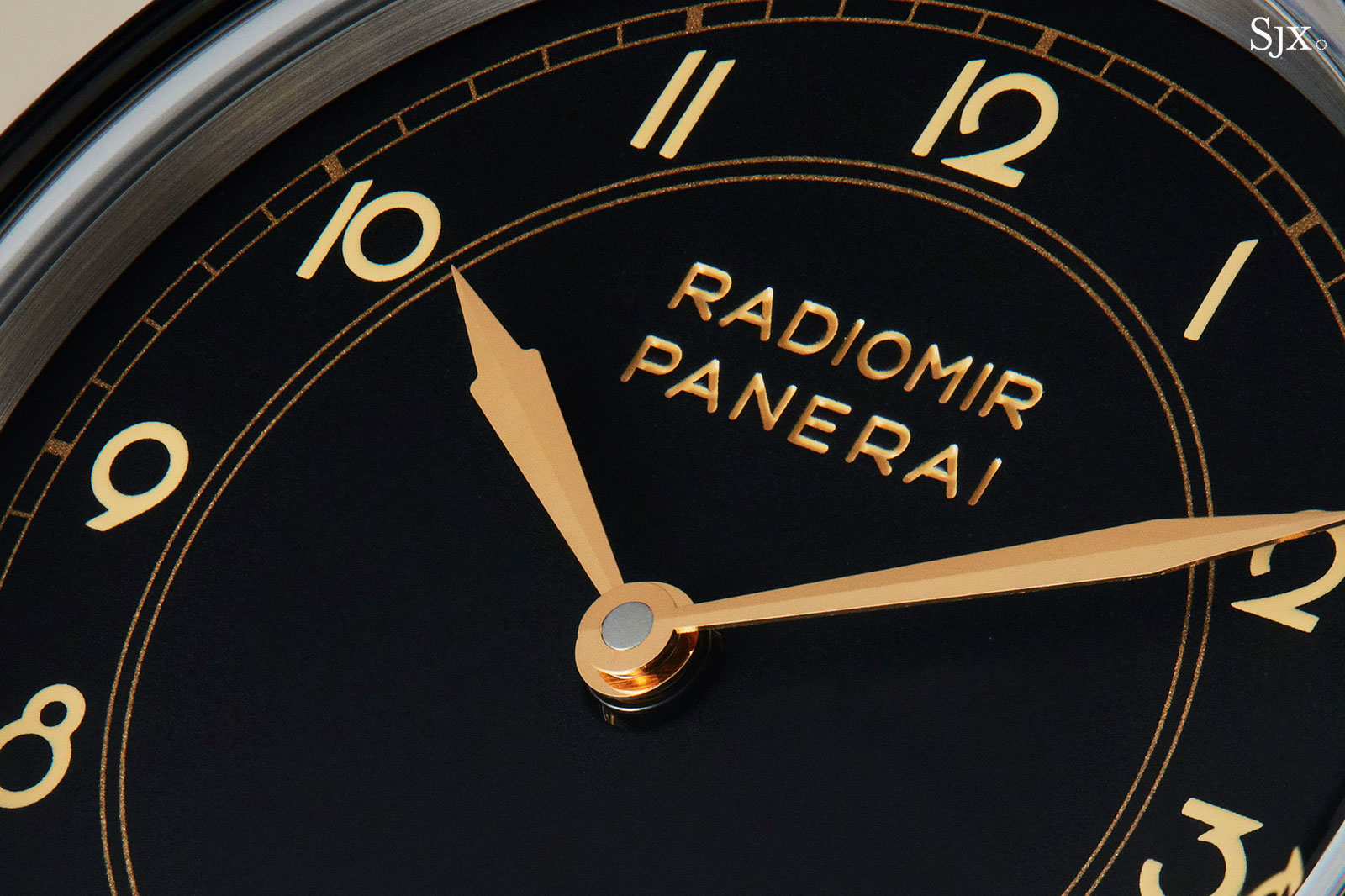
Also an engraved logo below 12 o’clock
Both watches feel slightly empty, and could do with a subsidiary seconds – a square sub-seconds would be intriguing – or power reserve indicator, features also found on 1930s clocks.
The rest of the watches are identical to the standard Radiomir 1940. The polished steel case is 47mm in diameter, with a highly domed sapphire crystal on the front. While Panerai has started making simpler cases in recent years (with press-fit backs for instance), its top of the line cases are still admirably well made, a fact that is often overlooked since they have become so familiar.
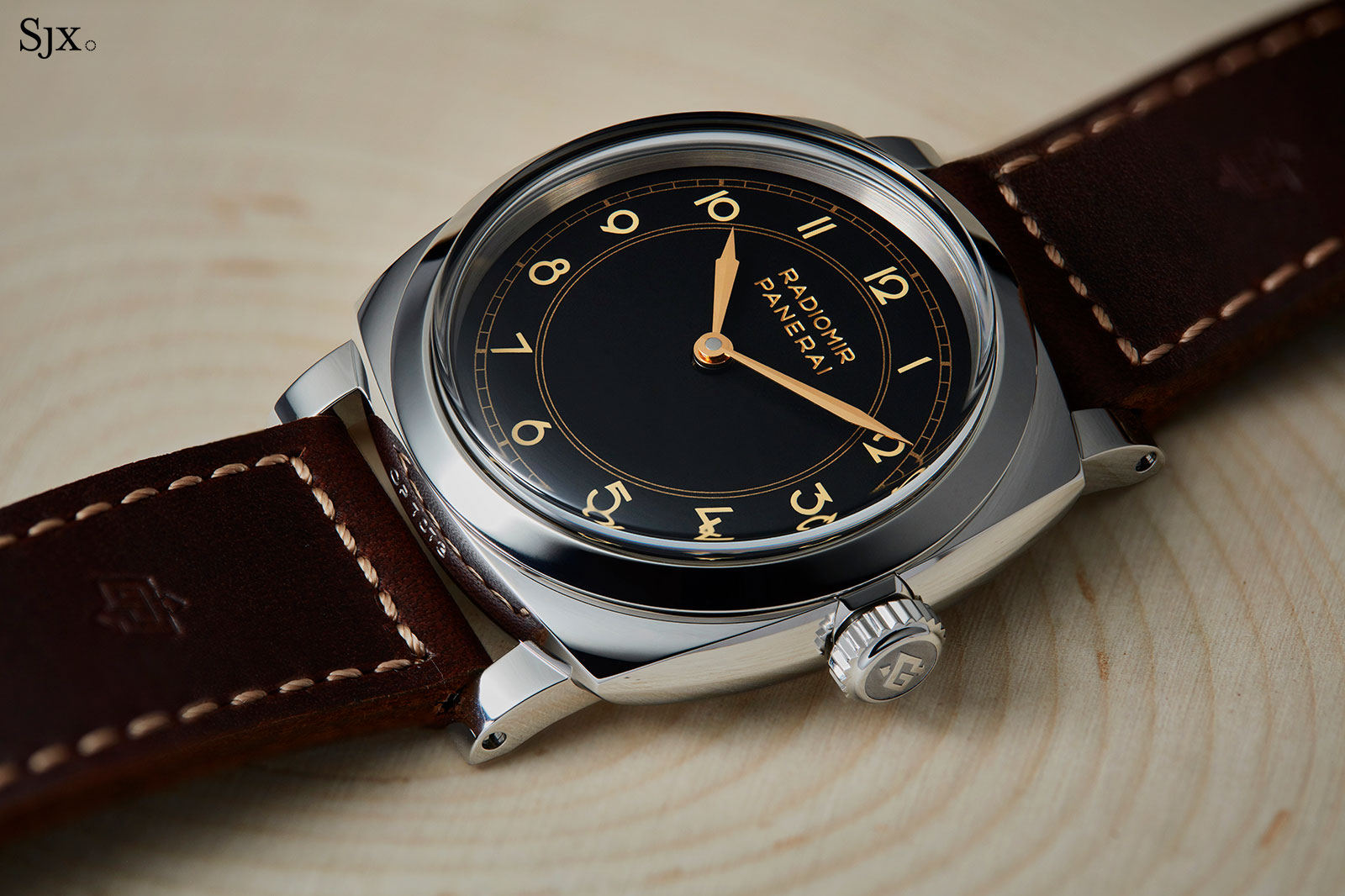
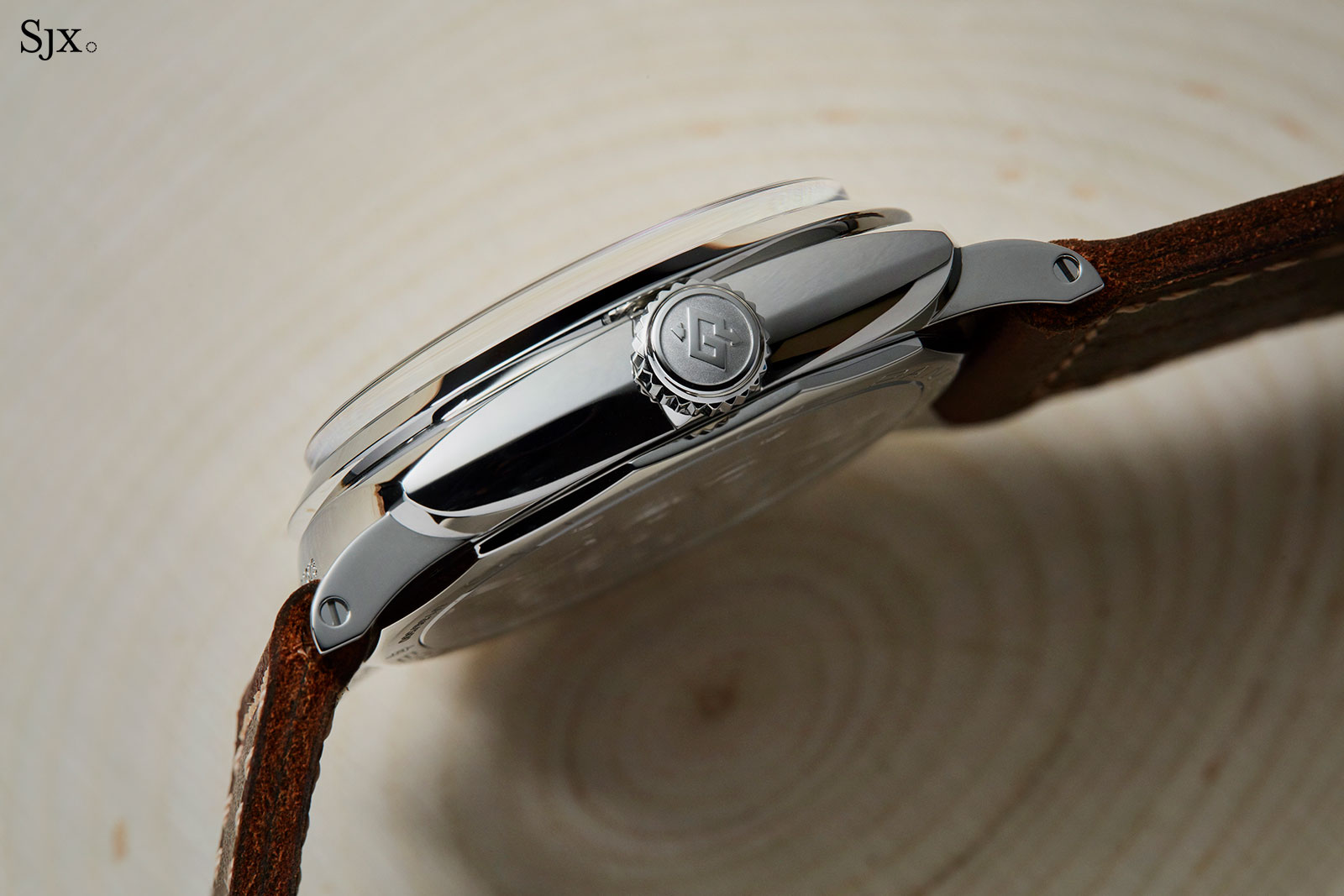
Inside is the second generation P.3000 calibre, a large, hand-wound movement developed by Panerai to replace the ETA Unitas 6497 that was once the most common movement in Panerai watches.
The second generation is set apart primarily by the separate cocks for the wheel train, which make the movement more visually appealing, despite having no functional advantage.
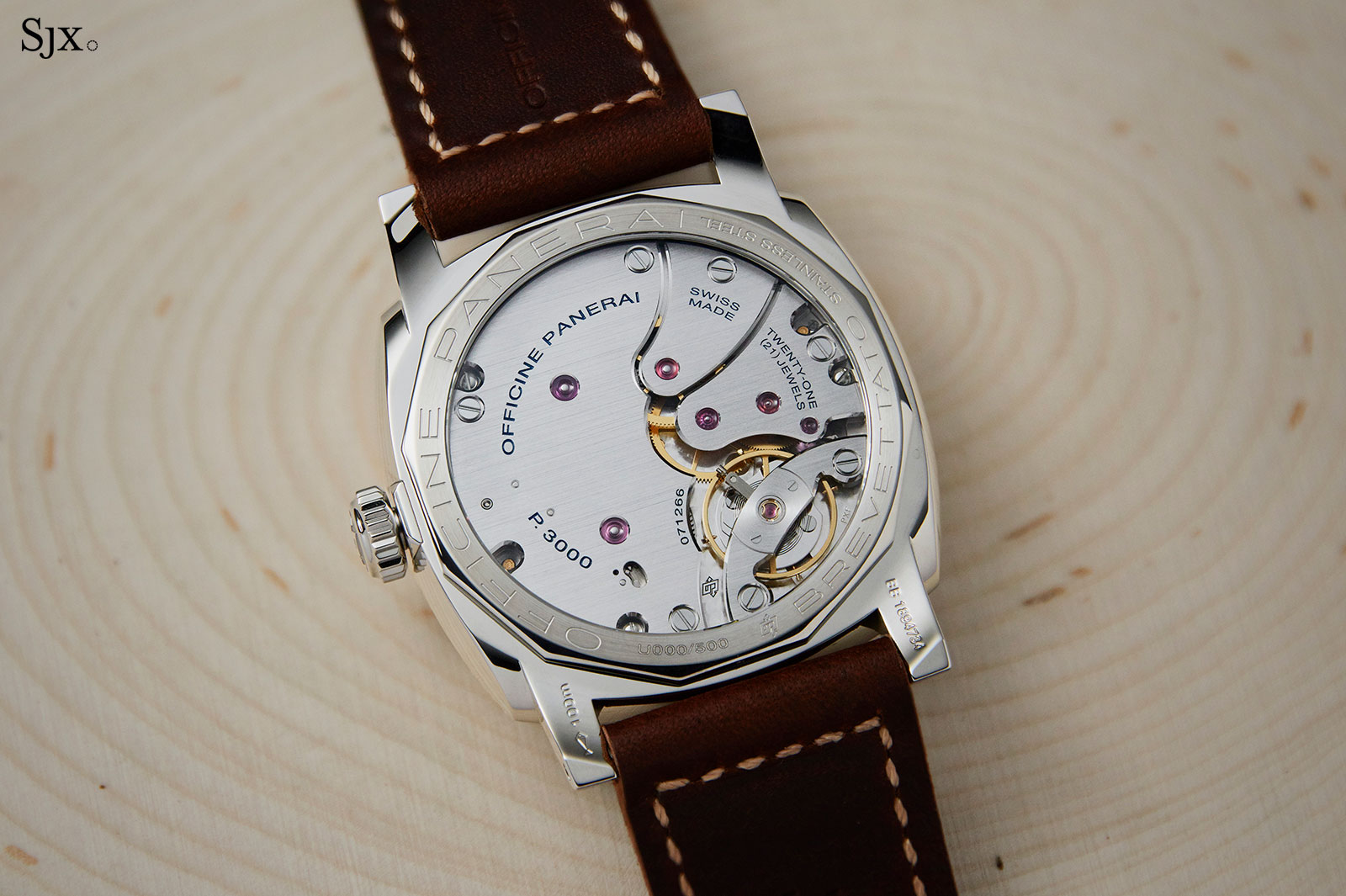
While the movement is a simple one, it does incorporate interesting details, including the free-sprung, adjustable mass balance wheel. Of more immediate utility to the wearer is the independent adjustable hour hand, which can be set in one-hour steps backwards or forwards, an eminently useful feature when travelling.
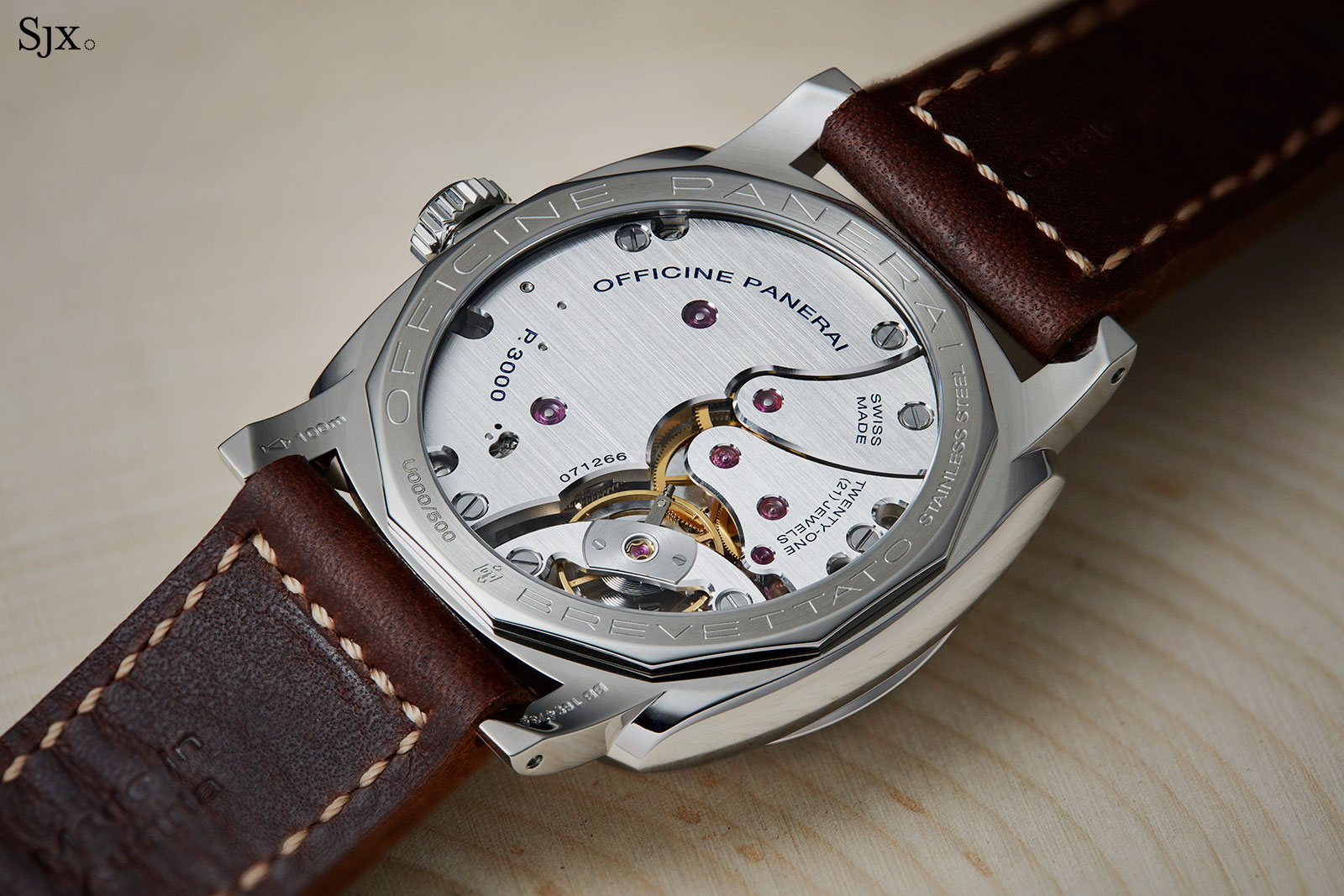
The decoration of the movement is standard fare for Panerai. Pronounced linear brushing covers all of the bridges, which have wide bevels along their edges. All of the bevelling is done by machine, showing the telltale marks left by the tool that cuts the bevel. It’s a clean and functional appearance that is in keeping with the spirit of the watch, and acceptable at its price point.
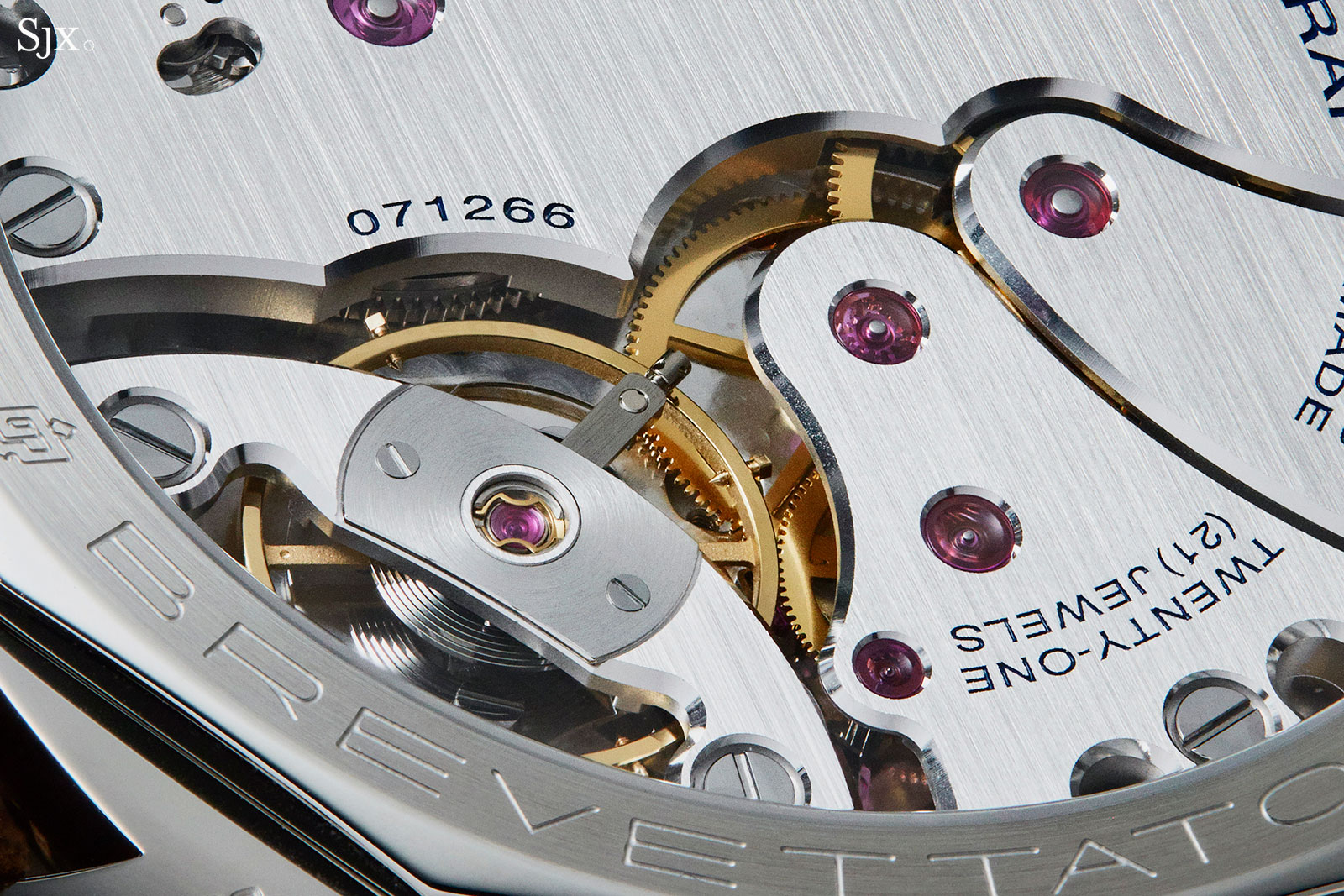
Though the look is surprising for Panerai, it is in sync with the brand’s unstated but obvious strategy of making watches more inclined towards civilians – the slim Luminor Due is a good example – rather than sticking only to an unforgiving marina militare look. In summary, it’s a good looking watch, but could do with being slightly smaller. In fact, the Art Deco dials would have been perfectly at home on a Luminor Due. And if past habit is anything to go by, they will debut on the Luminor Due if this pair of watches sells well.
Price and availability
The Panerai Radiomir 1940 3 Days Acciaio PAM 790 and PAM 791 are limited to 300 each, both priced at US$9200 or S$13,100. They’re already available at Panerai boutiques and retailers.
Back to top.

